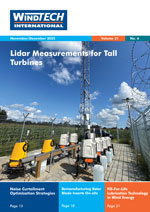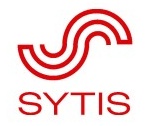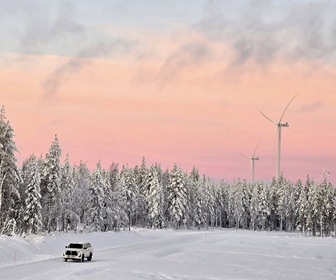The Front CoverPuget Sound Energy transitioned from conventional diagnostic methods to an advanced, fixed, bispectral infrared camera solution, fundamentally transforming its approach to wind turbine maintenance. The article on page 6 explores how the adoption of this technology resulted in improvements in technician safety, operational efficiency, real-time diagnostics, and proactive failure prevention, ultimately reshaping best practices for wind energy infrastructure maintenance. Publisher's NoteGlobal wind energy markets: Chinese dominance and expanded EU industrial policyFeaturesThe Role of Continuous Thermal Imaging in Detecting Faults and Reducing Risks
By Troy Goss, Project Manager, Sytis, USA By Kasper Sandal, Engineering Specialist, Semar, Norway
By Mike Optis, Veer Renewables, and Jacob Schnell, University of Waterloo, Canada By Joshua Scott, Director of Research and Innovation, Predictant, USA
Windtech FutureUnworthy Wind Energy IdeasBy Ahmad Hemami, McGill University, Montreal, Canada View from InsideBy Arindam Das, Partner, Arthur D. Little, Benedikt Unger, Principal, Arthur D. Little Latest News
|
|
|||||||||||||||||||||||||


















